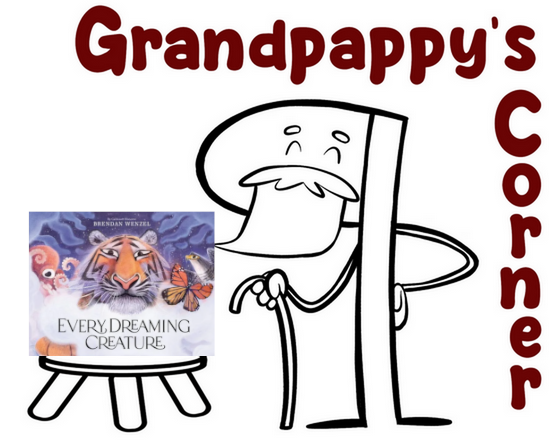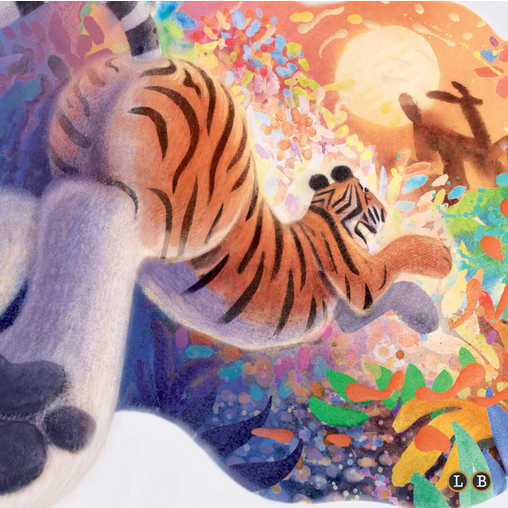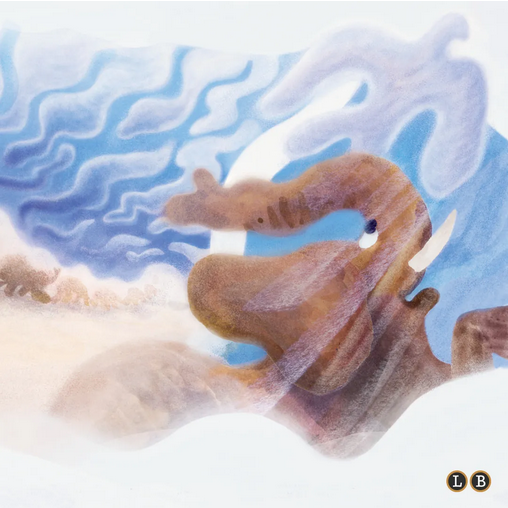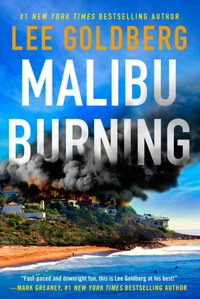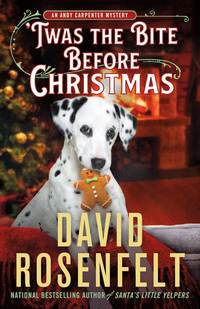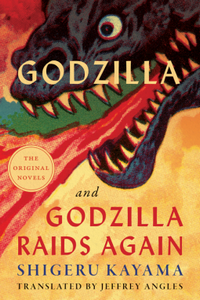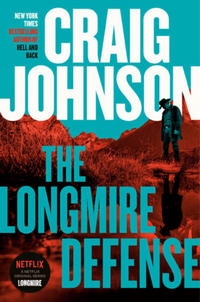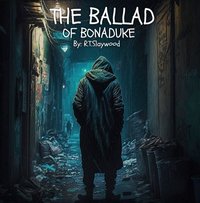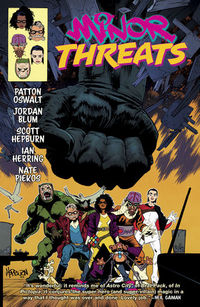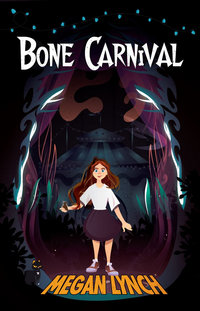 Bone Carnival
Bone Carnival
by Megan Lynch
DETAILS: Publisher: Orange Blossom Publishing Publication Date: October 31, 2023 Format: PDF Length: 224 pg. Read Date: September 27-28, 2023

What’s Bone Carnival About?
Mia Wallace’s parents are professors who’ve taken temporary posts at a university in Rome and have brought the twelve-year-old and her older brother, Enzo, with them. Enzo speaks a little Italian and is fairly independent as 17-year-olds tend to be, but Mia has only a small handful of phrases and is as dependent on her parents as a preteen is forced to be, so her options for the time are pretty limited.
Mia has a reputation (largely earned) for being a troublemaker, a teller of tall tales, and overall ne’er-do-well. It doesn’t seem like she’s leaving a lot of friends behind in the States, and she’s not expecting to change that in Rome, no matter how many resolutions she makes about reform. There’s a girl her age, Grace, who might be a candidate for friendship, but they don’t get off to a good start. Still, Grace’s mother is a colleague of Mia’s mother, so they’re likely to end up spending time together.
There’s a stray cat who lives near their apartment that Mia has started to spend time with. On the first day that their parents have to go to work, Mia slips out of the classroom she, Enzo, and Grace are stuck in all day to go get something from a nearby bakery (her excuse is that Grace hasn’t eaten breakfast and her stomach is too loud). On the way to the cafe, Mila sees “her” cat and follows it. Unbeknownst to her, Grace has followed Mia.
The cat leads them to a street carnival—there’s something about it that both unnerves Mia and appeals to her, too (she can’t describe what elicits either reaction). Grace is more unnerved than anything, but can’t get Mia to leave. There are shades of Pleasure Island (from Disney’s version of Pinocchio) to the carnival—but without the anarchy and transformation into a beast of burden. Honestly, I think what Mia’s in for is worse—but you can decide for yourself.
During part of a puppet show (which is probably not what made me think of Pinocchio), Grace volunteers to participate. She’s awarded a bone of a sorcerer to carry around in a velvet pouch. Supposedly, this will bring her good luck for a day—a lifetime’s worth of good luck in a day.
Grace doesn’t like any of this, and Mia’s a little creeped out by the idea of a finger (no matter that it’s surely just a prop). So they throw it in a nearby dumpster.
Before she knows it good things are starting to happen to the pair—and, yup, the pouch is tied around Mia’s neck. What has she gotten the two of them into? And what’s the fine print?
The Worst Parents in the World?
A tricky thing that authors have to address when it comes to kids and adventure novels is how to get the parents out of the way to let the kids have an adventure. Are they dead? Are they away from home/the kid is away from home? Are they missing/kidnapped? Or do the kids sneak off—and then why do they do that and how do the parents not notice? Once that’s dealt with, and how, then the reader can settle in and see what the kid gets up to.
Lynch solves this by giving Mia (and to a lesser extent, Grace) some of the worst parents around, who largely are unaware of what Mia is up to. I’m resisting the impulse to list off all their faults, deficiencies, and sins here—you really need to see them for yourself to draw your own conclusions. I’m typically inclined to see the parent’s/guardian’s perspective and to cut them some slack–I can defend (half-heartedly, I admit) Uncle Vernon and Aunt Petunia, for example. But I’ve got nothing for Mia’s parents. I quickly decided that it wasn’t just Mia’s perspective, either. At a quick glance, half of my notes about this book involve what miserable excuses for parents these two are.
Obviously, parents who abuse, exploit, and/or deprive their children are worse than these parents. Mia, Ezra, and Grace are fed, educated, clothed, and so on. They’re even cared about and for in some manner. But…
The actual trauma they’re inflicting, the emotional abuse they aren’t knowingly inflicting, and the long-term trust issues they’re creating for their children are real, even if they’re unaware they’re doing it (or, worse, unconcerned about it). For the longest time, I’ve considered Betty Draper to be the worst parent I’ve seen in fiction. Mia’s parents (particularly her mother) gives her a run for her money.
So, what did I think about Bone Carnival?
I started off quite unimpressed with Mia and was hoping this book was going to be about her getting her comeuppance and/or growing up. I was more than a little afraid I was going to have to endure 200 pages of an insufferable protagonist’s antics. There is some growing up involved, thankfully, but I think there’s a healthy dose of the reader understanding Mia better, too. It doesn’t take too long (sometime before the carnival, for sure) for the reader to learn more about Mia and she becomes a bit more than just an irritating character. Once the carnival appears—definitely before it disappears, you’ll become invested in her and what happens.
There were several times I thought I saw Lynch heading toward a moral, or a cheesy personal transformation on someone’s part to give everyone a happy ending. She did not do that, thankfully. She dodged both of those things every time it looked likely, and I was relieved and impressed each time. I’m not saying what kind of ending we get, but I do want to assure you that there’s character development and growth—but it’s earned and deserved, and not saccharine in any way. And yes, I do think readers can/should take away life lessons (especially parents in a “don’t be like this” way)—but it’s not what you might expect, and not in a “Here’s a Message for You” kind of way.
It has been years since I’ve been this worried about the stakes in an MG novel—not just the stakes, but the potential life and death (fictional) outcomes for the characters involved. It’s been even longer since an author introduced them as effectively (Riordan and Mull came close—and even killed characters, but I don’t think they made me as apprehensive as Lynch). I could probably point to a few YA books that don’t do it as well as Lynch did. I remember occasionally stumbling across a book that did this when I was this age—John Bellairs for example—but it seems harder to find now*. This is in that neck of the woods.
* Maybe I just need to read better MG books.
This book really spooked me, and was disturbing in all the right ways—the character development was believable (not easy given the short time frame depicted), and I thought the characters as a whole were believable and well-drawn. It might be too much for some MG readers—so parents should exercise discretion*. Although I honestly think it’d be good for some readers to read a book that’s too much for them, it’s a great way to create an appreciation for a certain kind of story.
* Parents should be doing that all of the time, come to think of it.
My main point about Bone Carnival is this: It should be read by many. Maybe even you.
Disclaimer: I received this ARC from Tonya Spitler Orange Blossom Publishing in exchange for this post and my honest opinion—thanks to both for this.

This post contains an affiliate link. If you purchase from it, I will get a small commission at no additional cost to you. As always, the opinions expressed are my own.
![]()



